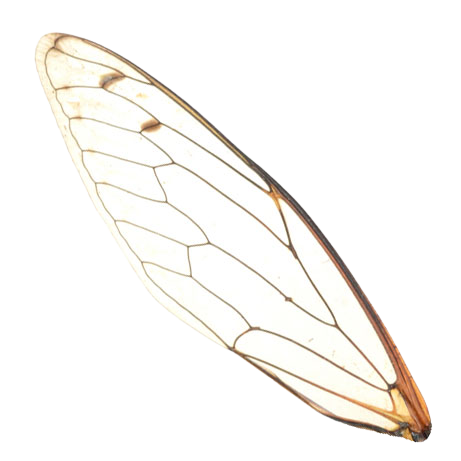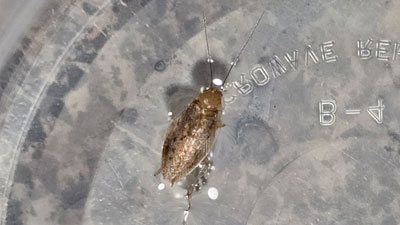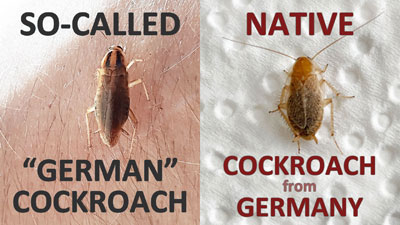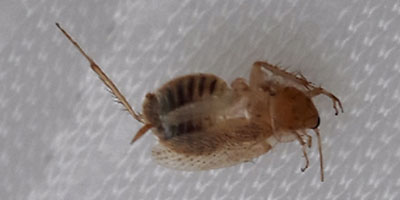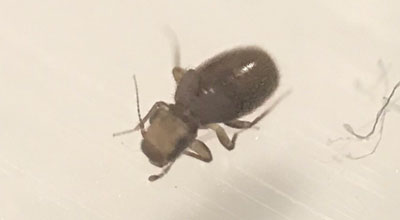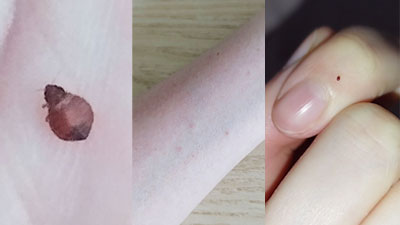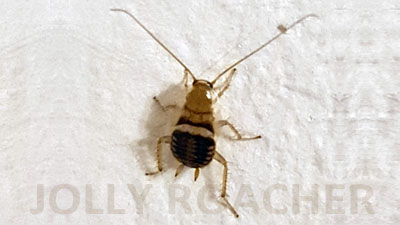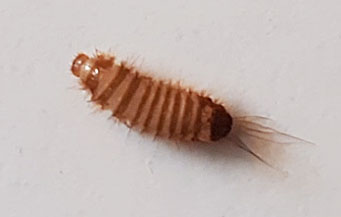This is a nymph of a cockroach of the genus Planuncus, which a viewer of my channel photographed in the kitchen of his house in Essex, England. These nymphs are very recognizable by the light transverse stripe under the pronotum.

The man writes that in a few weeks he has already found three or four such individuals. And several more times he came across adult winged specimens, very similar to the usual German cockroaches.

He assumed that these were Ectobius vinzi, and was a little surprised to find such cockroaches in England, north of London – in a climate not very favorable for these insects.
In fact, there is nothing surprising about this. These cockroaches are very abundant in England and they regularly get into houses here. But it was not always so…
The newest history of the conquest of England by cockroach conquistadors from Spain
Really, the photos show an adult cockroach and a nymph of a species from the genus Planuncus. This genus today includes the species Planuncus vinzi – the same one that was formerly called Ectobius vinzi. This species is referred to as the complex Planuncus tingitanus, also known as the variable cockroach – cockroach specialists have not yet decided how to distinguish several species within this complex and whether they should be distinguished at all. Perhaps they are all one species.
Here is a photo of another adult female Planuncus tingitanus, also from England, but this time from London:

Note its black ootheca with eggs:

Species of the genus Ectobius have brown oothecae, while cockroaches of the genus Planuncus have black ones.
And it is Planuncus tingitanus that has become a peculiar phenomenon in the last 20-25 years. Since the beginning of the millennium, it has been rapidly spreading from Algeria, Morocco and southern Europe to the north and in just a few years has populated Germany, France and England. Scientists are studying this dispersal as one of the striking examples of an exceptionally rapid invasion of a species into new habitats.
Presumably, such a victorious march to the north may be associated with global warming and the formation of such conditions in England and Germany that are suitable for these cockroaches: winters here are becoming milder and cockroach eggs can survive the cold. And during a longer and warmer summer, the insects that hatch from these eggs in the spring have time to grow up, mature and lay their own eggs. This is exactly the way of life that the dusky cockroaches have been leading here for a long time, and Planuncus tingitanus are now beginning to compete with them for habitats:
Jackals, which were found only in southern Europe half a century ago, are spreading northward in approximately the same way, and today they are already observed in Belarus and the Baltic countries. But cockroaches do this at a truly dizzying speed: if the jackal invasion lasts for more than half a century, then cockroaches have managed to capture half of Europe in just a couple of decades.
So, when we see these cockroaches in England, we are witnessing a grand tectonic shift in entire faunas on our continent. And this shift is largely human-induced. Planuncus tingitanus are significantly tied to the anthropogenic landscape: they live mainly in dense shrubs in parks in cities, small towns and villages, there are a lot of them in hedges near houses. In England, with lots of old walls, parks, bushes and ornamental plantings, these cockroaches have found a comfortable habitat for themselves.
Can these cockroaches get into apartments and cause harm here?
It is not surprising that, actively running between the bushes, these England cockroaches can climb the walls of houses and sometimes even get inside the premises. Fortunately, they are not dangerous here: they do no harm, do not breed inside houses and do not spoil food supplies. It is only important not to confuse them with German cockroaches, to which they are very similar. I was explaining how to distinguish them from German cockroaches for sure:
So if you meet such insects in your home, just throw them out the window: let them develop new territories and open a new page in the evolution of life in Europe.
And if you could not identify your cockroaches, then send me their photos and videos. I think together we will definitely identify their species.
And if you have identified your cockroaches after reading this post and know for sure that they are not pests, you can thank me with a cup of coffee. It will be warming my soul when I will be preparing a new article or video about your neighbors in apartments.
